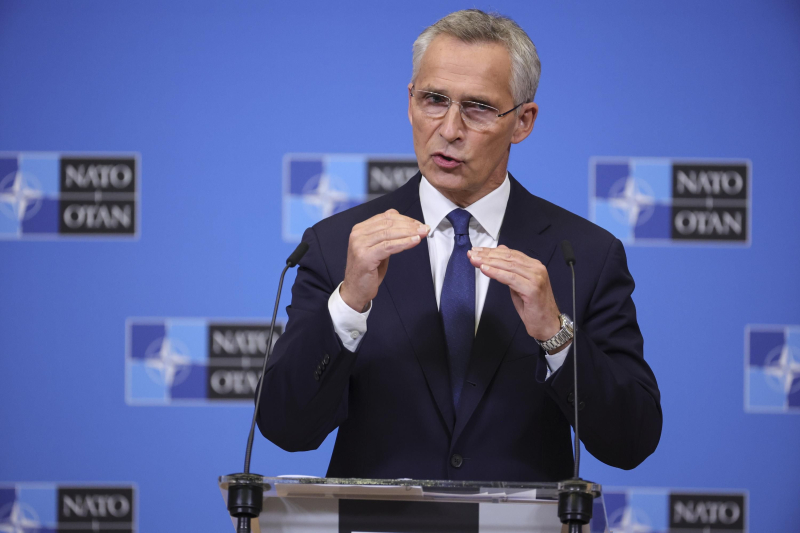NATO will purchase six new reconnaissance aircraft / AP photo The countries of the North Atlantic Alliance are investing in updating the reconnaissance fleet. This NATO decision aims to strengthen NATO's capabilities and monitor threats to Russia. NATO Secretary General Jens Stoltenberg said that NATO will purchase six Boeing E-7A Wedgetail reconnaissance aircraft. He explained what this means for NATO's collective defense. As the existing Alliance Airborne Warning and Control Systems (AWACS) fleet nears the end of its operational life, NATO has selected its next generation command and control aircraft. Production of six new Boeing E-7A Wedgetail aircraft is due to begin in the coming years. The first aircraft is expected to be ready for service by 2031. This joint acquisition was one of the “largest purchases of Alliance assets in history,” but the cost of the aircraft was not specified. Surveillance and control aircraft are critical to NATO's collective defense, and I welcome the commitment of Alliance members to invest in high-quality capabilities. – noted NATO Secretary General Jens Stoltenberg. The NATO secretary general says this investment in cutting-edge technology demonstrates the strength of transatlantic defense cooperation as NATO continues to adapt to a more volatile world. The E-7 Wedgetail is an advanced early warning and control aircraft providing situational awareness and command and control functions. As a result of its powerful radars, the aircraft can detect enemy aircraft, missiles and ships over long distances and can direct NATO fighters to their targets. The United States, Britain and Turkey also either fly the Wedgetail or plan to fly it. It is based on a militarized version of the 737 airliner. Since the 1980s, NATO has operated E-3A airborne warning and control (AWACS) aircraft. Based at Geilenkirchen Air Base in Germany, AWACS has participated in all major NATO operations, including the fight against ISIS, and on NATO's eastern flank following Russia's invasion of Ukraine. NATO reconnaissance aircraft AWACS/NATO It is expected that the E-7 will have its main base in Geilenkirchen and will be able to operate at several forward locations throughout Europe. Wedgetail will be part of the Alliance's future surveillance and control project, which will use the next generation of NATO surveillance systems from the mid-2030s.
NATO will acquire six E-7 Wedgetail reconnaissance aircraft
What is known about the E-7 Wedgetail
NATO support for Ukraine: what you need to know
NATO is modernizing its fleet of reconnaissance aircraft: how will this affect threats to Russia
48

